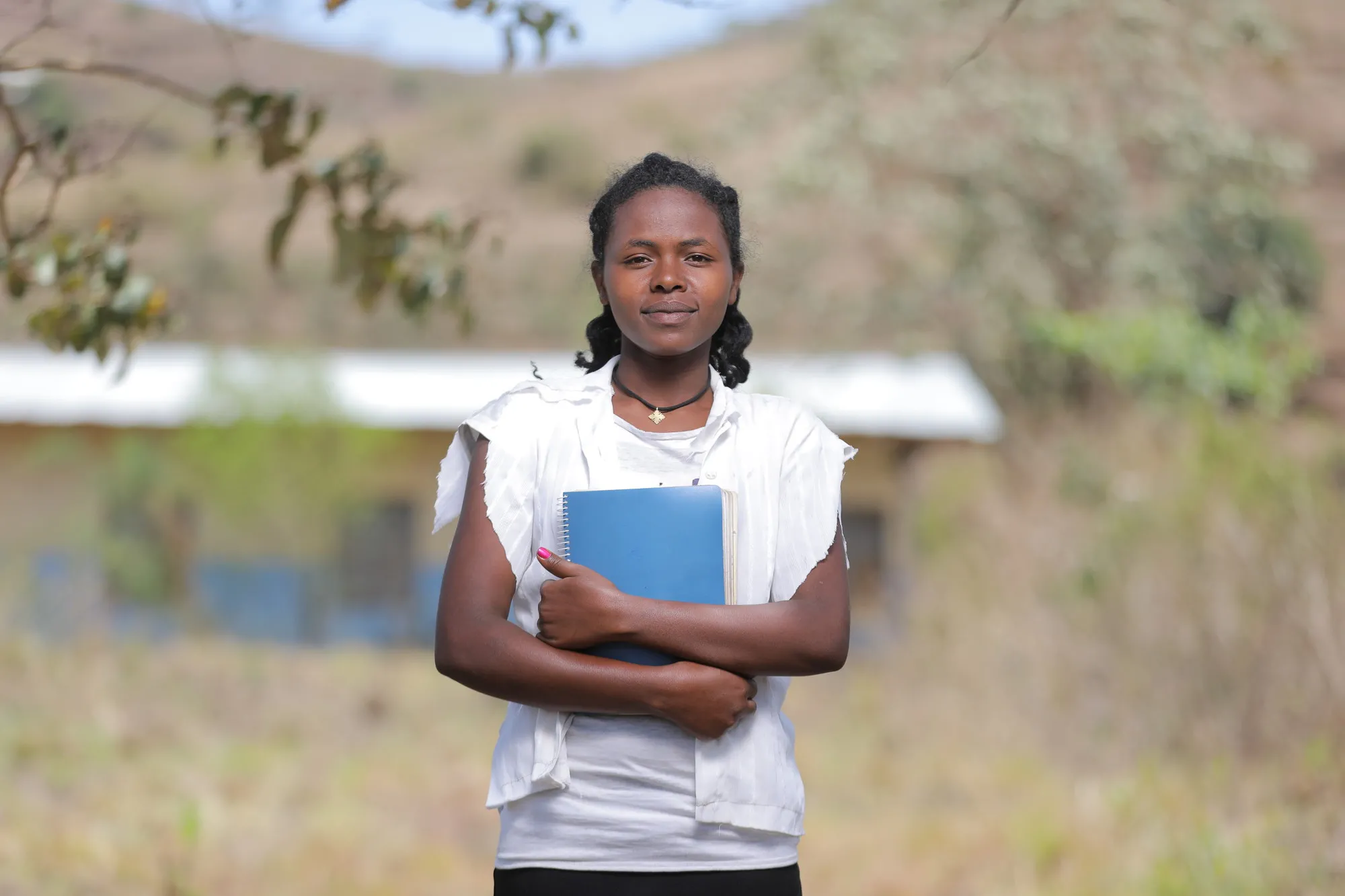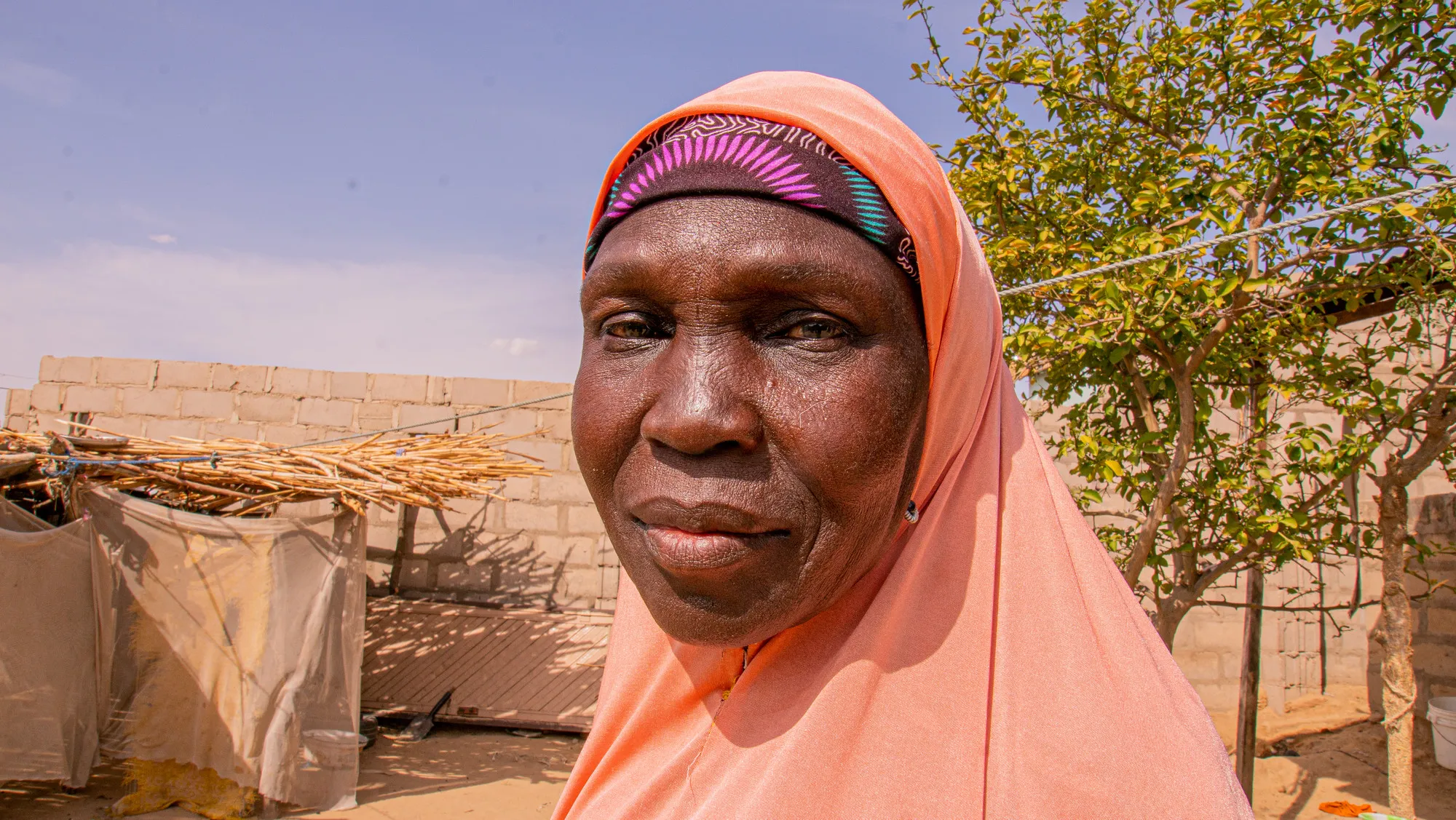Women leaders have proven to be a critical part of the COVID-19 response around the world — especially when they have support and opportunities to lead.
Women leaders are sharing information, preventing COVID-19, and using their resources to support other members of their communities. In fact, 89% of women in savings groups in Yemen are putting some of their savings to help others. In Niger, women are saying, “Now we women are not afraid to defend ourselves when a decision does not suit us. We will say it out loud ….”
However, according to CARE’s new report She Told Us So (Again), COVID-19’s impacts around the world are worse than they were in September 2020. Far from a return to “normal,” women and girls CARE works with around the world are saying that their situation continues to get worse as COVID-19 drags on amid other crises. 55% of women were reporting gaps in their livelihoods as a priority in 2020. Now that number is 71%. For food insecurity, the number has jumped from 41% to 66%.
“We are women leaders in emergency . . . we have the capacity to say: I have a voice and a vote, I am not going to stay stagnant . . . ” (Savings Group Participant, Colombia).
Since March of 2020, CARE — and more importantly, the women CARE works with — have been warning that COVID-19 would create special challenges for women and girls, above and beyond what men and boys would face. Tragically, these women were exactly right. What they predicted even before the World Health Organization (WHO) declared a pandemic has come true. In September 2020, CARE published She Told Us So, which showed women’s and men’s experiences in the pandemic so far. In March 2022, updated data shows that the cost of ignoring women continues to grow. For more than 22,000 people CARE has spoken to, COVID-19 is far from over. In fact, the COVID-19 situation has gotten worse, not just for women, but for men, too.


